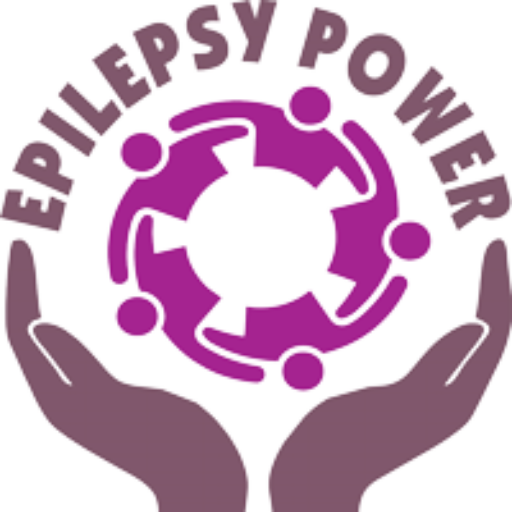- Introduction
- Section 1: Understanding Social Communication
- Section 2: Recognizing Barriers to Effective Communication
- Section 3: Active Listening Skills
- Section 4: Non-Verbal Communication
- Section 5: Emotional Intelligence
- Section 6: Overcoming Communication Anxiety
- Section 7: Effective Conflict Resolution
- Section 8: Building Social Skills in Specific Contexts
- Conclusion
- Quiz
Content:
In this section, you will learn strategies for overcoming communication anxiety and building self-confidence in social situations. You will explore techniques for managing anxiety, such as deep breathing exercises, positive self-talk, and gradual exposure to challenging communication scenarios.
Tasks:
Identify your personal communication anxieties and create a step-by-step plan to overcome them.
Practice assertiveness and effective communication techniques in a role-play activity.
Communication anxiety, also known as communication apprehension, is the fear or uneasiness that arises when engaging in social communication. It can significantly impact one’s ability to effectively communicate and connect with others. Understanding the potential causes and effects of communication anxiety and implementing coping strategies can help individuals manage and overcome this challenge.
Recognizing communication anxiety involves being aware of its potential causes and effects. Common causes may include fear of judgment or criticism, low self-confidence, past negative experiences, or a lack of social skills. The effects of communication anxiety can vary from person to person but often include physical symptoms such as rapid heartbeat, sweating, trembling, and difficulty speaking. It can also lead to avoidance of social situations, strained relationships, and missed opportunities for personal and professional growth.
Coping strategies can assist individuals in managing communication anxiety and gradually building confidence. Here are some techniques that can be helpful:
Deep breathing exercises: Deep breathing helps activate the body’s relaxation response, reducing anxiety symptoms. Practice deep breathing by inhaling slowly through the nose, holding the breath for a few seconds, and exhaling gradually through the mouth. Repeat this process several times before and during social interactions to promote a sense of calm.
Visualization: Visualizing successful communication scenarios can help alleviate anxiety and boost confidence. Before engaging in a social interaction, imagine yourself communicating confidently and effectively. Picture the positive outcomes and the emotions associated with successful communication. Visualization can help reframe negative thoughts and create a positive mindset.
Positive self-talk: Replace negative self-talk with positive and encouraging statements. Challenge self-doubt and replace it with affirmations such as “I am capable of effective communication” or “I have valuable contributions to make.” Remind yourself of past successes and strengths to build confidence. Repeat these positive statements regularly, especially before and during social interactions.
Gradual exposure techniques: Gradual exposure involves gradually exposing oneself to increasingly challenging social situations. Start with smaller, less intimidating interactions and gradually work up to more complex or demanding ones. This approach allows individuals to build confidence incrementally, reducing anxiety and increasing comfort in social settings.
Seek support: Reach out to trusted friends, family members, or mentors who can provide support and encouragement. Share your concerns and seek their guidance and feedback. Having a supportive network can boost confidence and provide a sense of reassurance when facing communication anxiety.
Practice active listening: Focus on being fully present and attentive when engaging in conversations. Shift the focus from internal worries to actively listening to the speaker. By redirecting attention to the other person and genuinely engaging in the conversation, anxiety can be reduced, and communication can become more effective.
Seek professional help if needed: If communication anxiety significantly impairs daily functioning or causes distress, consider seeking support from a mental health professional. They can provide specialized guidance and interventions tailored to your specific needs.
Overcoming communication anxiety takes time and practice. Be patient with yourself and celebrate even small victories along the way. With consistent effort and a positive mindset, communication confidence can be developed and anxiety can be effectively managed.
In conclusion, communication anxiety can hinder effective social communication. By recognizing and addressing its causes and effects, individuals can implement coping strategies to manage and overcome this challenge. Deep breathing exercises, visualization, positive self-talk, gradual exposure techniques, seeking support, practicing active listening, and considering professional help if needed are effective strategies for managing communication anxiety and improving communication confidence. With persistence and determination, individuals can develop the skills and confidence necessary to engage in meaningful and effective social interactions.
